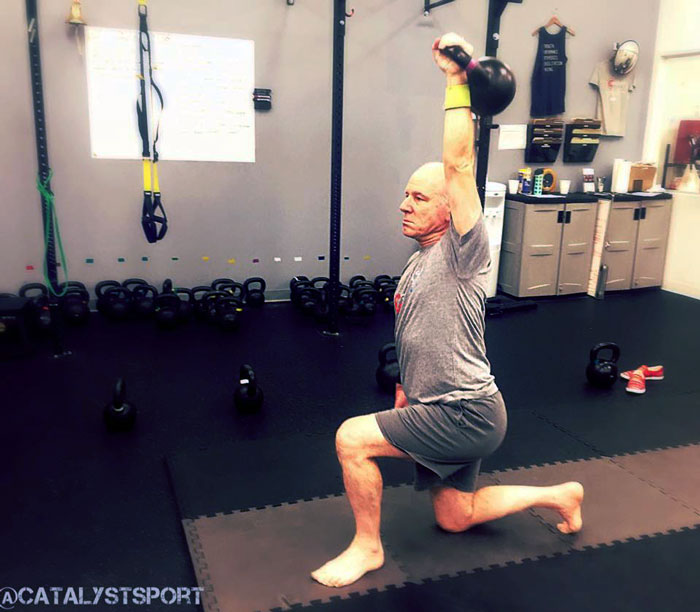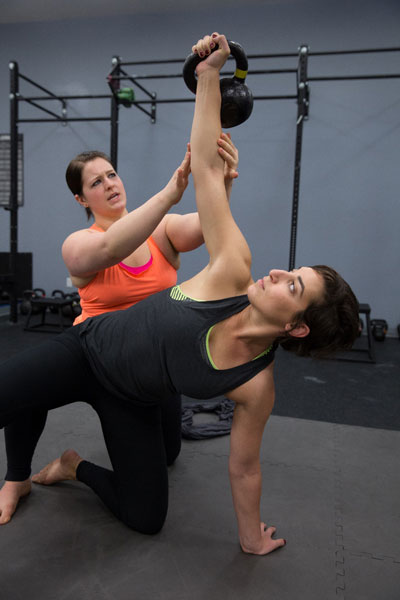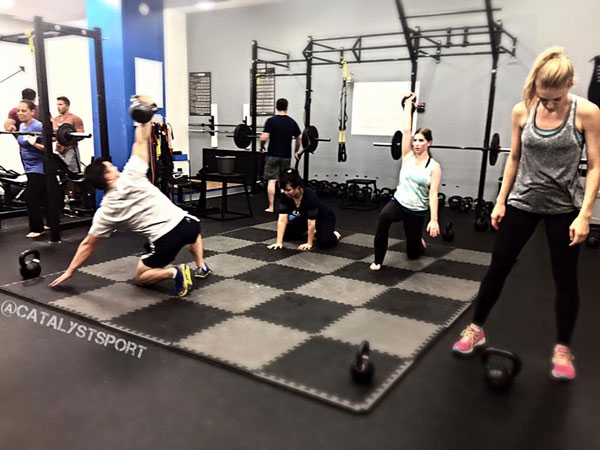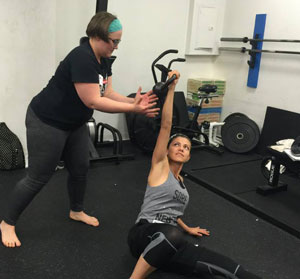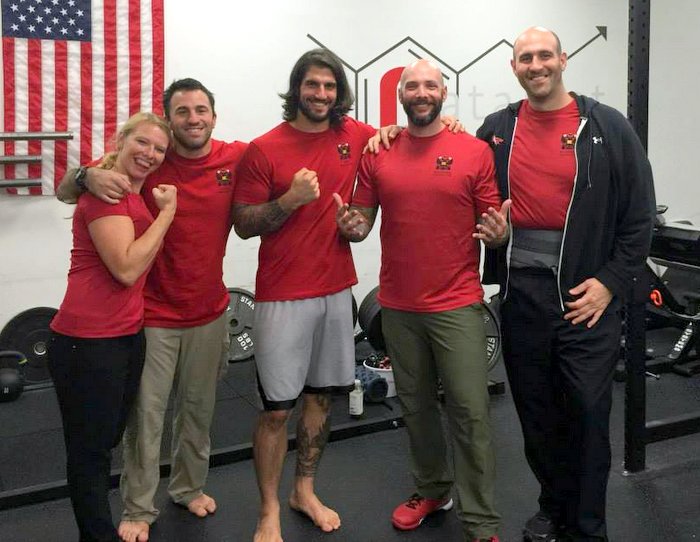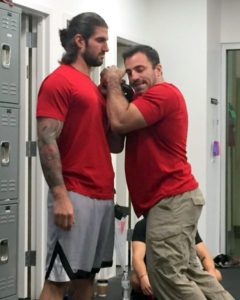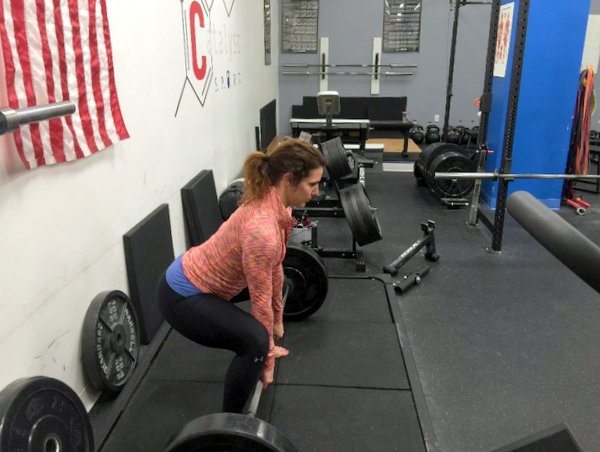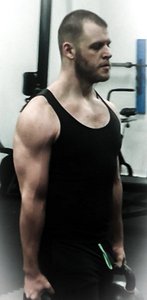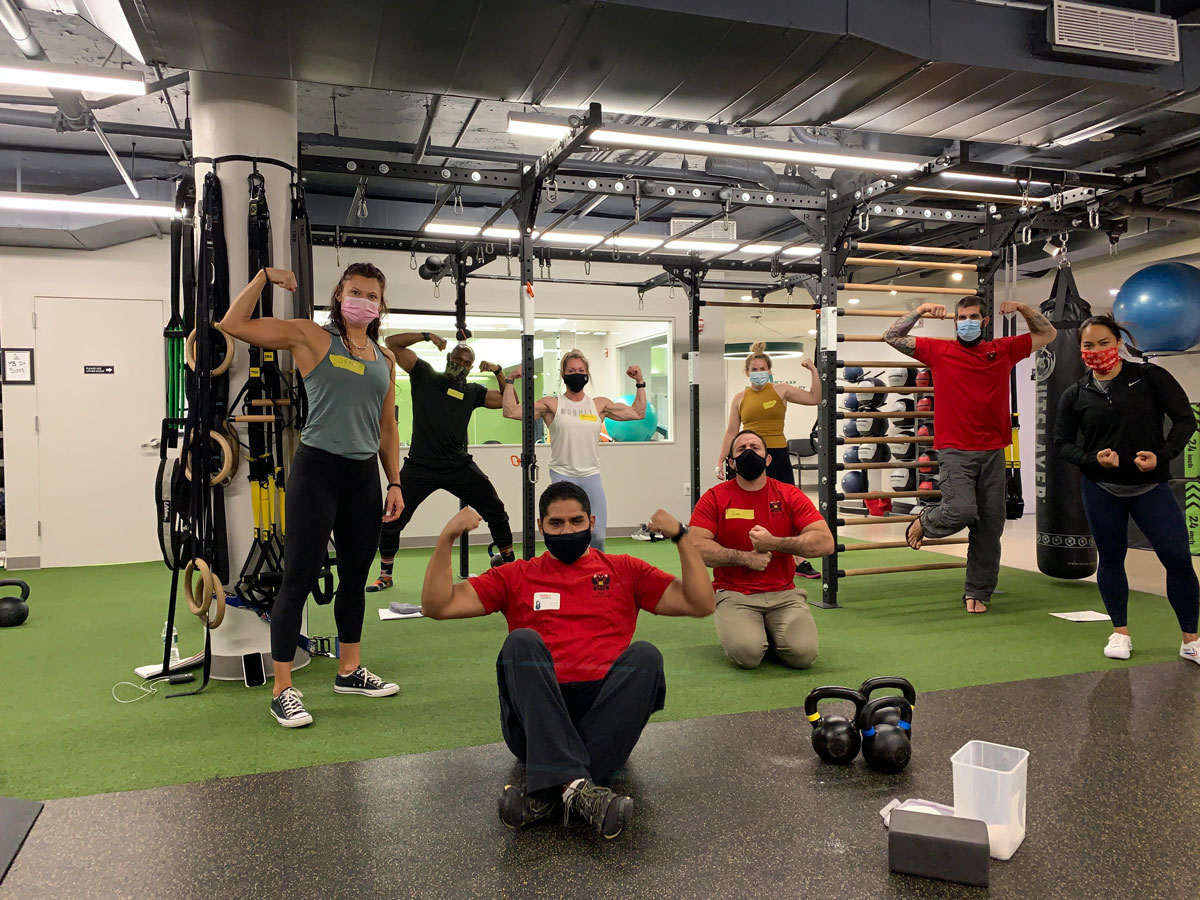
This year has been…a bit strange for the fitness industry. In the nearly seven months since we closed our gyms to “flatten the curve,” both society and the fitness industry has been turned upside down. Many of us have closed our businesses, had the heartbreaking experience of laying off staff, and seen years of hard work disappear overnight.
Of course, these hardships pale in comparison to those who have lost loved ones and fallen ill to the virus. Indeed, the devastation of covid has affected us in so many ways.
But today, I am here to offer you hope. Hope that we can return to our livelihoods, and hope that we as fitness professionals can go back to doing what we have devoted our lives to: helping our communities to be healthier, fitter, and live better lives. Our role as fit pros is more important than ever—this crisis is ultimately a crisis of health, and our constituency needs us now more than ever. It is time to get off the sidelines and show up as leaders for our people.
Why am I so hopeful? Well, we just wrapped up an amazing RKC this weekend. It was the first RKC I have taught since the onslaught of covid, and I was very unsure of what to expect. Would I be able to lecture and demonstrate kettlebell technique while wearing a mask? Would the candidates balk at the additional safety precautions? Would they even show up? How do we conduct a snatch test in masks?
These concerns were quickly put to rest within the first few hours of the course. We were appropriately cautious, we came together as a team to keep each other safe, and ultimately, we had one of the best RKC courses that I have ever been a part of. I want to thank each candidate that attended, as well as the assistant instructors and team leaders. Marco Guanilo of Momentum Fitness deserves a particularly hearty thank you—his facility was immaculately clean, and he made it so easy for us to stay safe; thank you Marco.
Here are the major lessons I learned throughout the weekend:
- Regardless of your political beliefs, Covid is a real illness, and we all want to stay healthy: Covid has obviously become a major political hot button, and there is widespread disagreement on how society should respond to the virus. With so much conflicting information, it is hard to know “whose truth is the real truth.” However, we can all agree that Covid is a real illness, and nobody wants to get it. The candidates, even those who told me they could not care less about covid, were all diligent about taking precautions.
- Safety is part of the RKC’s DNA, so it was easy to get everyone on board with necessary precautions. From the very beginning, we at the RKC have preached about the importance of safety when training. “Safety and performance are two sides of the same coin” is one of our core beliefs when it comes to fitness philosophy (meaning, that using good technique enhances both injury prevention as well as performance; we need not sacrifice our health in pursuit of our fitness), and since the RKC is an instructor certification, we’re frequently talking about safety in terms of appropriate exercise selection, awareness of surroundings, etc.So it was an easy extension of our philosophy to ask the candidates to take precautions to keep each other safe. This was not based on fear or forced compliance, but out of respect for each other as professionals. I do not know who is immuno-compromised, who cares for his or her elderly mother, or volunteers at the senior center, and I do not care. If I can take basic precautions to help you feel safer and more comfortable, I will.
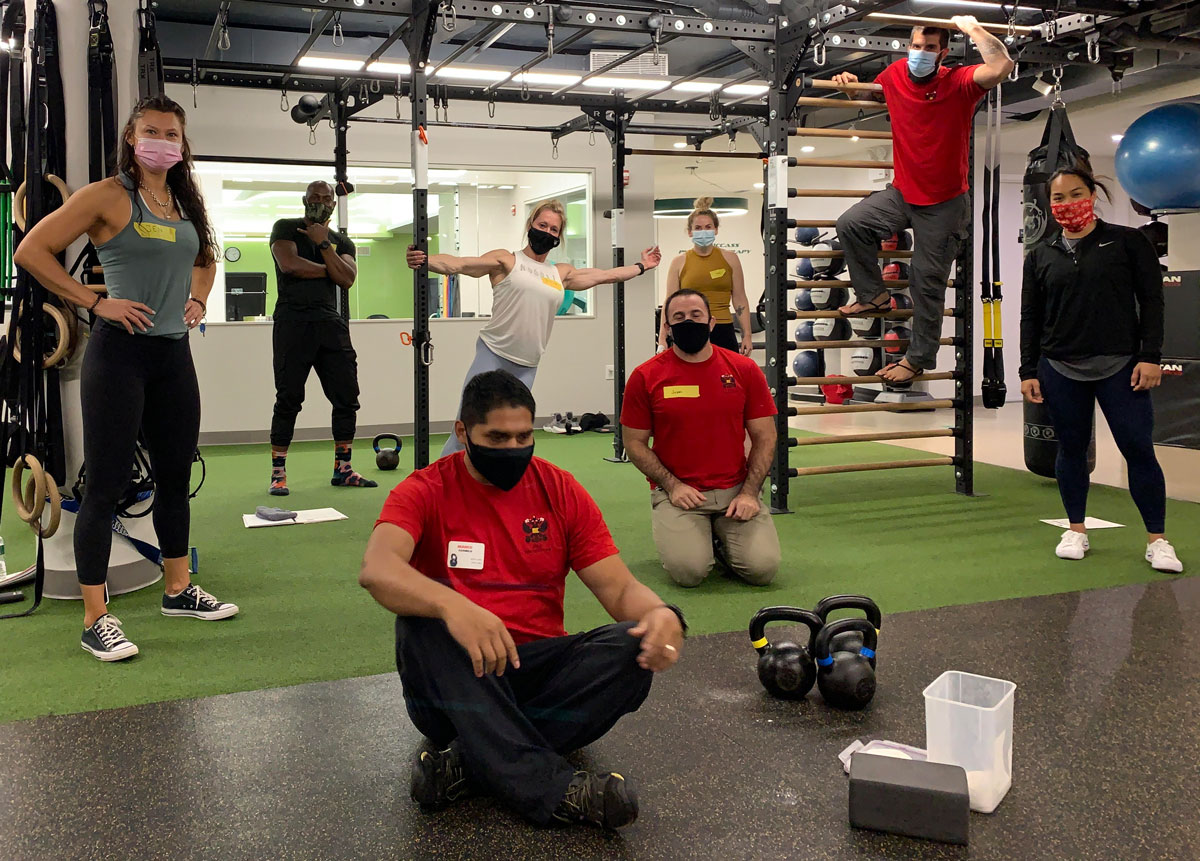
- Masks are slightly annoying at first, but after the first hour, you won’t even notice (even on your snatch test!!). It really is that simple. Yes, it is more comfortable to be without a mask, but the inconvenience of wearing a mask did not impact our course in any way. The candidates went through workouts, drills, and even the snatch test with their masks on, and I did not hear a single complaint. After some of the more strenuous parts of the course, candidates were welcome to go outside to take a “fresh air break.” At no point during the weekend did I see anyone without a mask on.
- We modified a few drills slightly, but the level of instruction did not suffer whatsoever. If anything, these are the modifications you will use with your own clients. There are a small handful of drills in the RKC that involve close physical contact. In some cases, we explained the drill but did not perform it. In other cases, we made modifications, using PVC dowels or a wall to substitute for the instructor’s body. For a few drills that involved hand-on-hand contact, we wore latex gloves.
- Community, and the support of each other, is more important than ever. One of the most valuable parts of the RKC experience is being around other like-minded fitness professionals and kettlebell enthusiasts. Their passion, excitement, and bond of common experience is consistently a source for inspiration. If you attend an RKC, expect to leave the course energized and excited to apply what you have learned. As hard as things are right now, we can still find ways to thrive, and being around others with similar goals is a great step forward.
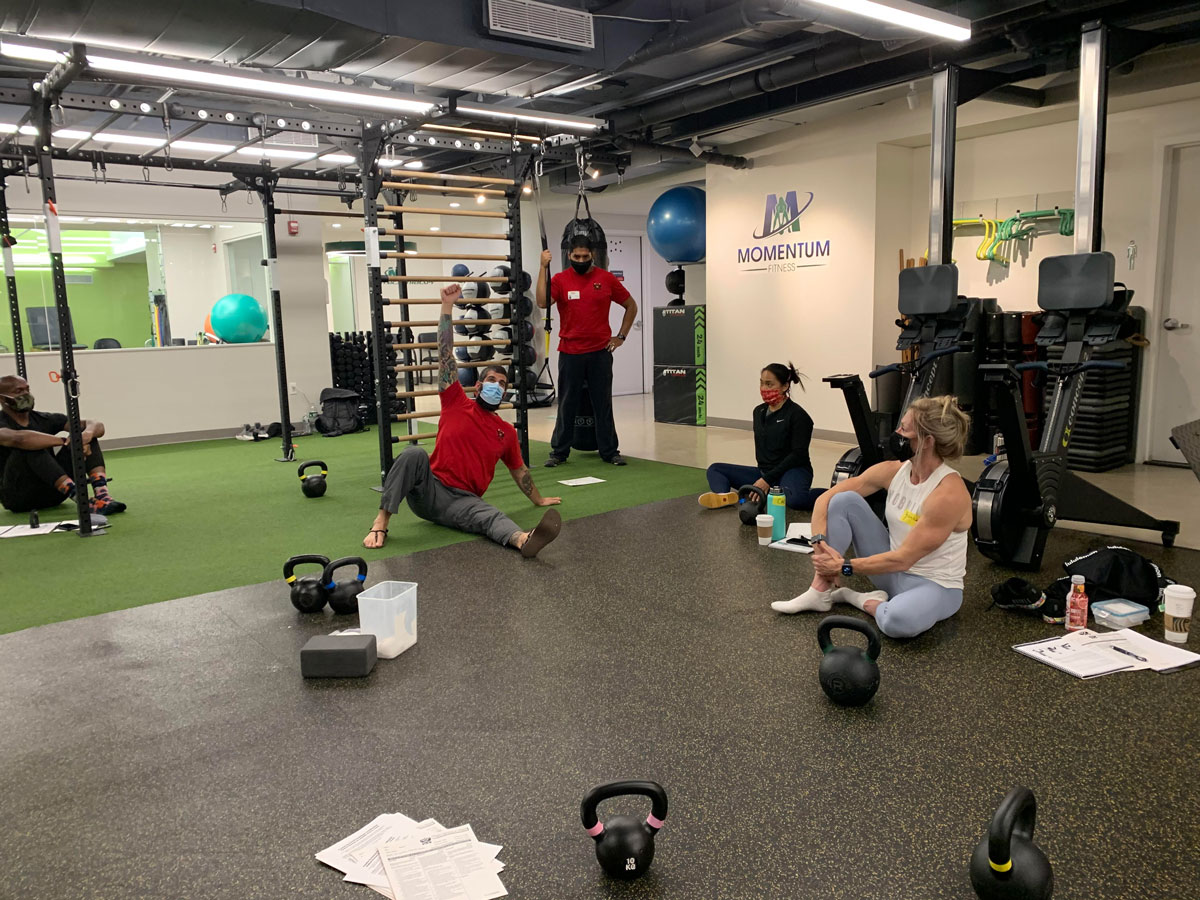
Candidates appreciated our diligence and had a great experience. We got some great feedback on how we handled covid at the course. Here are the candidates in their own words:
“Absolutely loved the experience” – Jen S. from Philadelphia, PA
“I truly learned a lot. I feel like I am walking away with a plan to better myself… I would also like to mention how fantastic the team handled all the covid constraints” – Biance W. from Pittsfield, MA
“Amazing facility! It was clean and safe (following all covid guidance).” Julia from Guilford, CT
If you are on the fence about attending the RKC due to covid, I encourage you to come to one of our upcoming RKC workshops. You can expect the unparalleled quality of instruction the RKC has always been known for, in an environment that values all our health and safety. We are being smart, taking precautions, and doing our absolute best in an imperfect world. I hope to work with you soon.
****
Jason Kapnick is the co-founder of Catalyst SPORT, one of New York City’s top kettlebell training facilities (Now offering Online classes and training). He has made multiple Elite powerlifting totals, with best lifts of 545/355/660 in the 198lb weight class, and achieved the Beast Tamer Challenge at his RKC in April 2013. He can be contacted through catalystsportnyc.com .
